
DINOv3 is a next-generation vision foundation model trained purely with self-supervised learning. It introduces innovations that allow robust dense feature learning at scale with models reaching 7B parameters and achieves state-of-the-art across a wide spectrum of computer vision tasks.
Key Highlights:
- Scaling with Stability: Successfully trains massive 7B-parameter models without collapse, using a constant scheduler and architectural refinements.
- Gram Anchoring: A novel regularization technique to preserve high-quality dense features over long training, solving a key limitation of earlier DINO versions.
- Versatile Feature Quality: Produces dense features that outperform weakly supervised and supervised baselines on segmentation, depth estimation, and 3D keypoint matching.
- Family of Models: Distilled into ViT-S, B, L, H+, and ConvNeXt variants, offering scalable choices from resource-constrained devices to high-end servers.
- Beyond Web Images: Trained and adapted for specialized domains like satellite imagery, pushing state-of-the-art in Earth observation tasks such as canopy height estimation and land cover mapping.
Why It Matters:
DINOv3 shows that self-supervised learning can scale like language models, delivering dense and global visual features robust enough to serve as universal backbones. This paves the way for general-purpose vision systems that power detection, segmentation, 3D understanding, and geospatial applications without requiring task-specific pretraining.
Explore More:
- Related blogs on LearnOpenCV:
- DINO: https://learnopencv.com/fine-tune-dino-self-supervised-learning-segmentation/
- Fine-tuning grounding DINO: https://learnopencv.com/fine-tuning-grounding-dino/
- Meta AI Paper: https://arxiv.org/abs/2508.10104
- Meta Blog on DINOv3: https://ai.meta.com/blog/dinov3-self-supervised-vision-model/
- Hugging Face docs: https://huggingface.co/docs/transformers/main/en/model_doc/dinov3


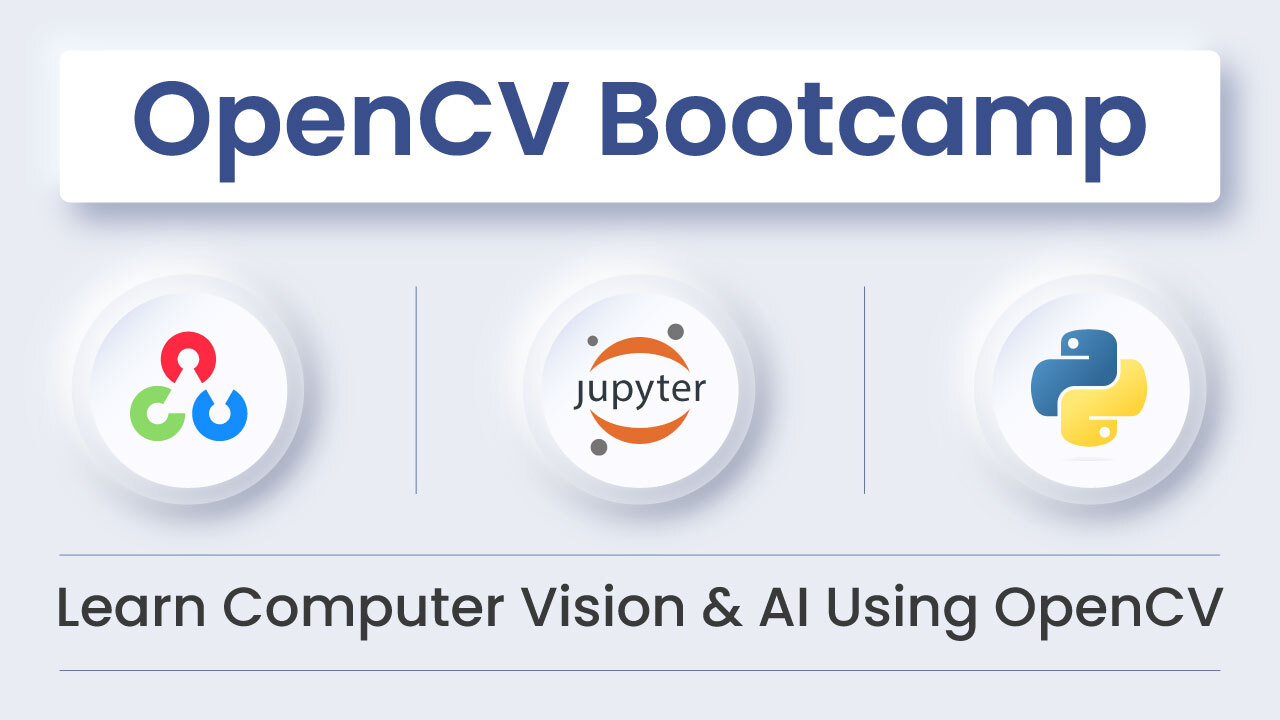

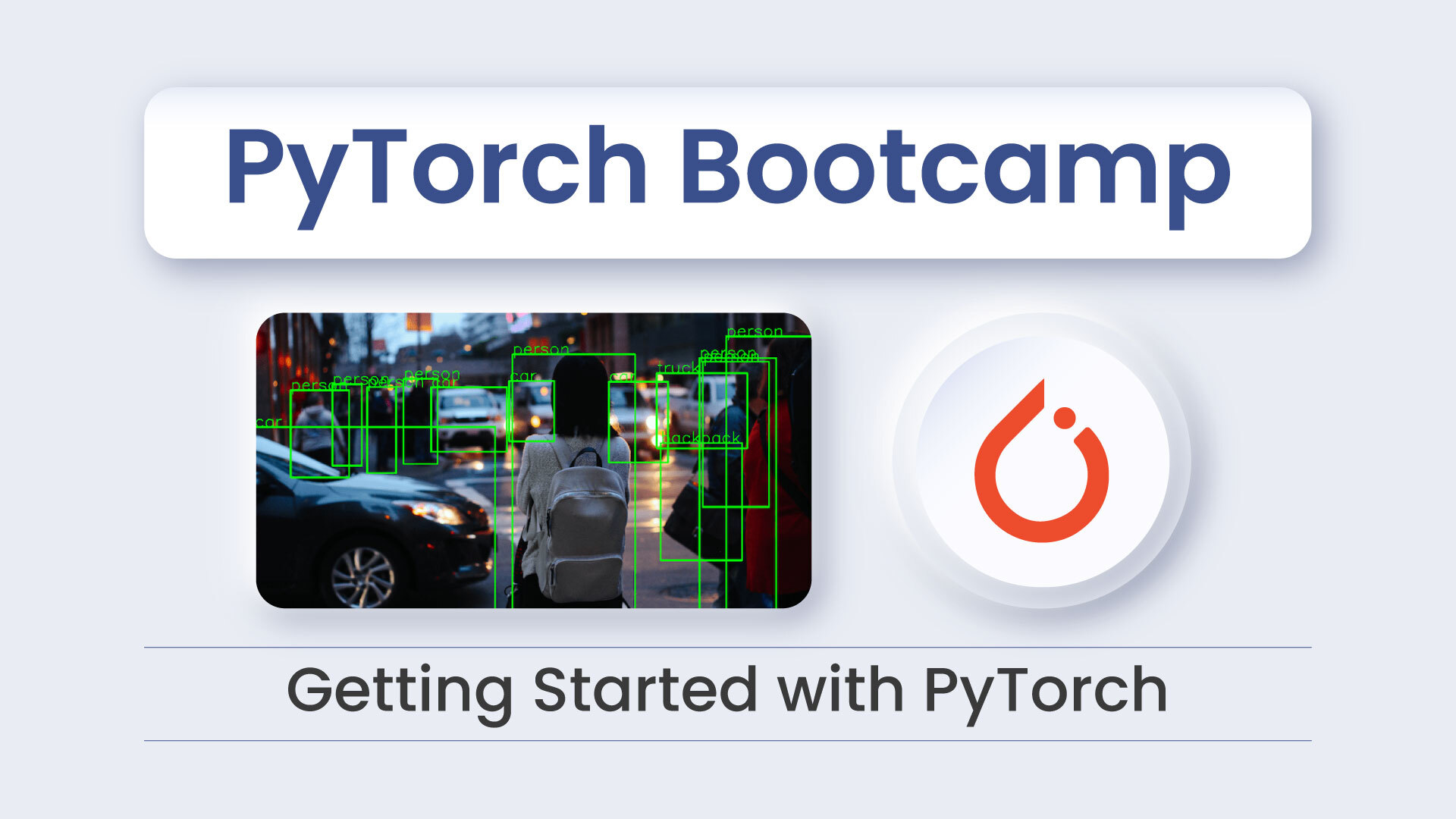


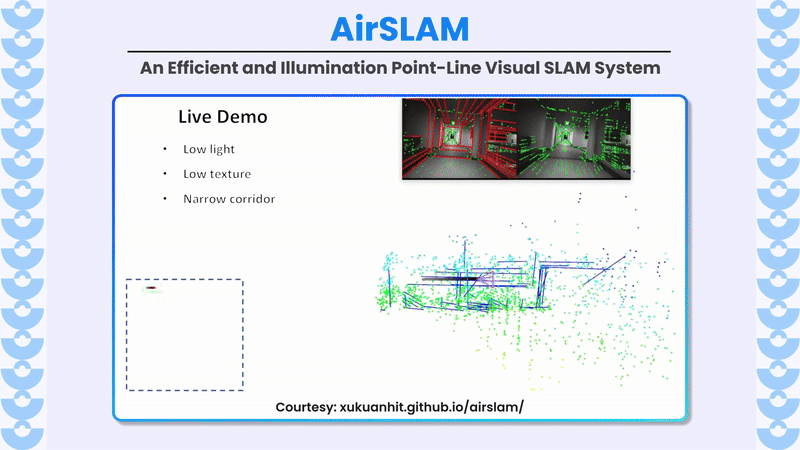
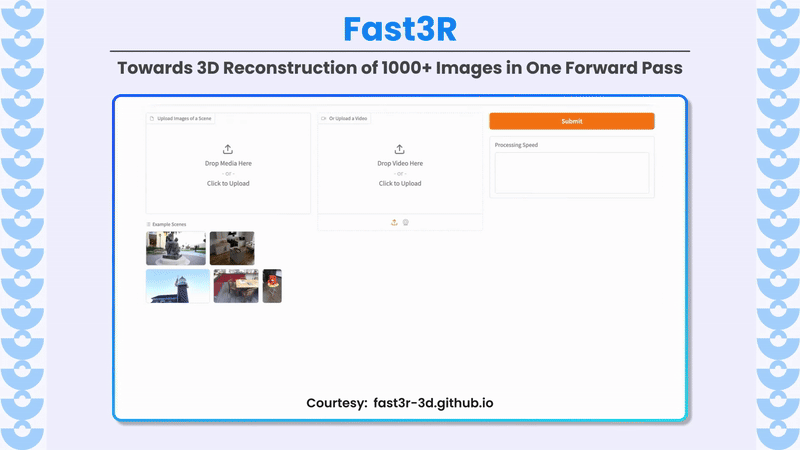
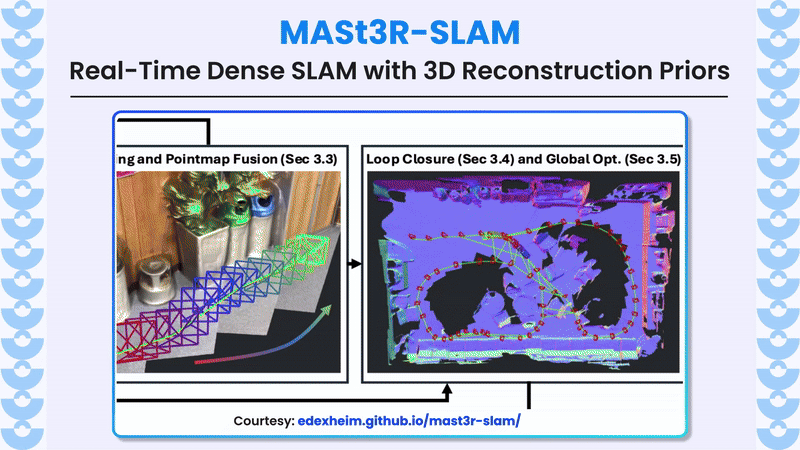

5K+ Learners
Join Free VLM Bootcamp3 Hours of Learning